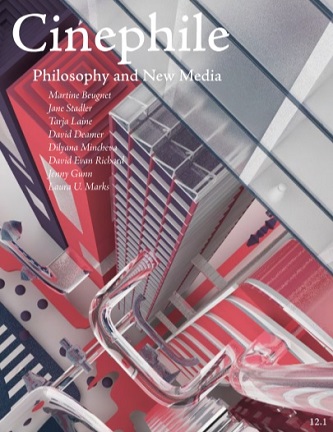‘Archive Rushes: Truth and Lie in Adam Curtis’s HyperNormalisation’

Cinephile 12.1 – Philosophy and New Media
University of British Columbia, 2018
Adam Curtis’ HyperNormalisation (2016) is a 166-minute documentary created for and released via the online BBC iPlayer platform. The images are culled (mostly) from the BBC Television Archive, a Library of Babel-like storehouse of broadcasts and unedited rushes collecting decades of programmes and reportage; but also enfolds YouTube footage, movies, music and voice. Thus, while the film has its origins in documentary journalism, its storytelling is akin to free-form improvisation or cut-up. HyperNormalisation – as an online film – undermines, rather than abides, the contemporary norms of televisual journalistic praxis (industry-standard communication techniques such as simple linear storytelling and the confrontational interview). The film prefers complexity, ambiguity and disjunction over simplicity and certainty.
HyperNormalisation, in this way, appears captured within a whole set of embedded discourses: new and old media, simple and complex narration, claims of truth and lie. This paper explores these co-ordinates by turning to MIT researcher Janet H. Murray’s seminal Hamlet on the Holodeck: The Future of Narrative in Cyberspace (1997/2017) and – ultimately – philosopher Friedrich Nietzsche, in particular the early unpublished but foundational essay ‘On Truth and Lie in an Extra-Moral Sense’ (1873).
Essay available to read for free on Cinephile >>>
Essay available to read for free on Academia.edu >>>